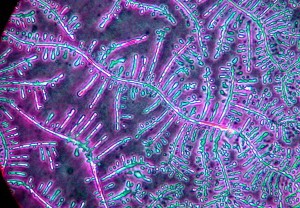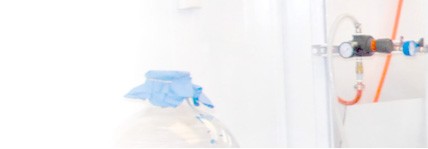Dr. Garnett’s CURRENT RESEARCH:
OSCILLOSCOPE IMAGES OF NEUROTRANSMISSION WAVES Merrill Garnett and Patrick Valane – June 16, 2020, current research
Siglent oscilloscopes are advertised to contain programs allowing the Bode Impedance plot. We obtained a 4-channel Siglent oscilloscope and cabled it to a frequency generator in order to perform impedance analysis on compounds of neurologic interest. We are especially interested in formulations that have shown electron spin resonance (ESR). Along with the impedance plots we are interested in whether the resonant waves could be imaged. The neurotransmitter compounds of interest are adrenaline, acetyl-choline, and sphingomyelin. The candidate treatment agents are Poly MVA and Moxin. Formulations of interest combine a neurotransmitter, and a candidate therapeutic in glycine. Glycine is suitably diamagnetic and allows transfer of magnetic or inductive waves. A magnetically sensitive electrode was obtained from Magnetic Sciences. A log series of frequencies was generated at the electrode, and the current –voltage data was compiled in Excel. The controls for scaling and position allowed the visualization of the formulation waveform. Three waveforms were eventually visualized. These are (1) adrenaline in sphingomyelin and glycine, (2) acetyl-choline in Moxin and glycine, (3) Polymva in sphingomyelin and glycine. These waveforms are shown in three figures below. Analytic data and analysis will be presented in the future in treatment models for neurologic disorders.
Fig.1 – adrenaline, sphingomyelin, glycine.
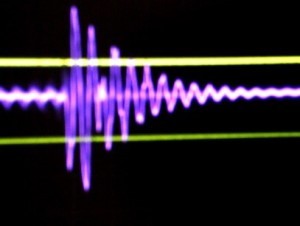
Fig. 2 – acetyl-choline, Moxin, glycine.
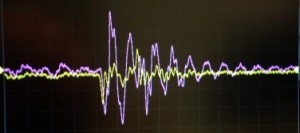
Fig.3 – Polymva, sphingomyelin, glycine.

FALL 2019 Dr. Garnett’s is examining a formulation which competes at the nerve synapse. Following the initiation of paralyze in flatworms, he can reverse the paralysis using a proprietary lipoic acid mineral complex formulation. The planaria images below compare an immobilized and control worm. The procedure is attached below. Dr. Garnett is sharing access to this screening technique with the research community to, hopefully, facilitate more rapid development of drug candidates for motor disease. Further reaction mechanism studies are ongoing.
Merill Garnett 10-11-19 (for more info contact Dr. Garnett at newcode@aol.com)
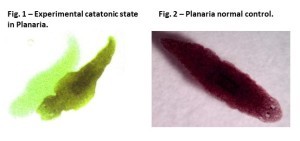 Development of a Model of Neurologic Disease Using Flatworms
Development of a Model of Neurologic Disease Using Flatworms
We are engaged in experiments on the effects of Polymva, a vitamin enriched formulation containing the paramagnetic palladium lipoic acid complex. We are able to interact Polymva with the cell membrane signal receptor of nerve cells – Sphingomyelin. When Polymva mixes with Sphingomyelin, it produces an elongate wave under the phase microscope, which we regard as a spin wave (fig.1). We performed electron spin resonance measurements on these two reactants in the frozen state, in a resonance model 8400 Spectrometer. This revealed a strong hyperfine splitting reaction (fig. 2). These data suggest potentially useful pathways in the nervous system. Further experiments on chemically paralyzed flatworms, are consistent with this view.

